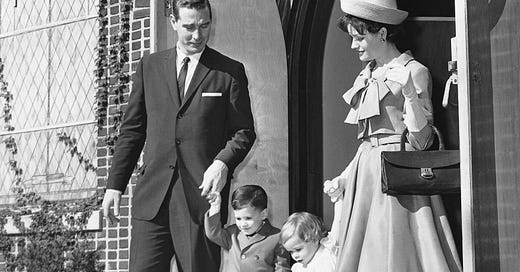There’s a Growing Class Divide in Church Attendance
Religious participation is falling much more rapidly among those without a college degree
There are few institutions better positioned to transform individual lives and reshape communities than America’s churches and places of worship. In Our Kids: The American Dream in Crisis, Robert Putnam documents the unique contributions made by places of worship. He writes:
Religious communities in America are important service providers for young peopl…
Keep reading with a 7-day free trial
Subscribe to American Storylines to keep reading this post and get 7 days of free access to the full post archives.




